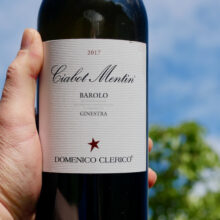
Product information
Domenico Clerico Barolo ‘Ciabot Mentin’ 2017
$248
Description
Like the Barolo, there is a balance here, expression of fruit and you can see the personality and the site. This is such a relief to see an estate with a huge name take the next steps to greatness. Whatever is happening here in the vineyard and winery it’s working. Dark brooding yet somehow expressive at the same time. This is lovely drinking that will have plenty of legs on it. There is a backbone of power yet a delicacy. Delicacy? There’s a word I didn’t think I’d use to describe a wine from Clerico. Excellent tannins, fine and long, true to Monforte. This has plenty more to give in time.
Out of stock
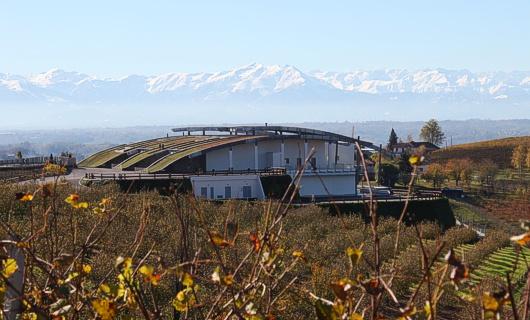
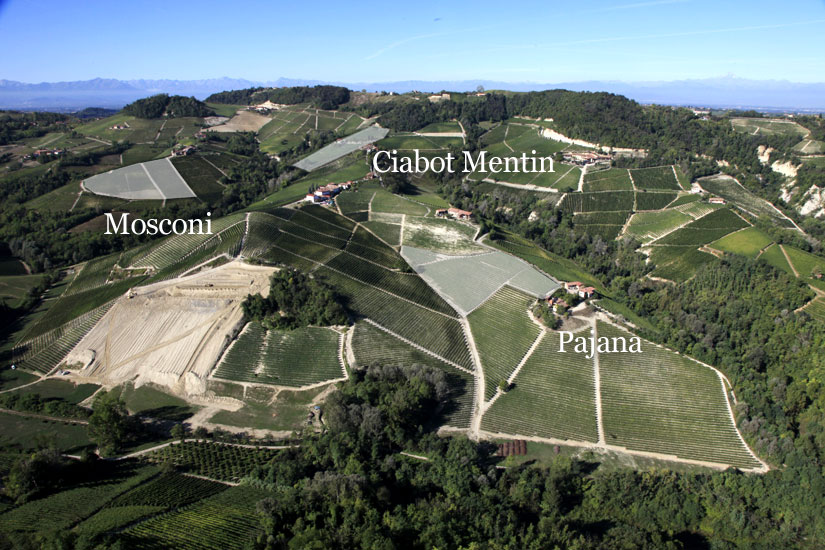
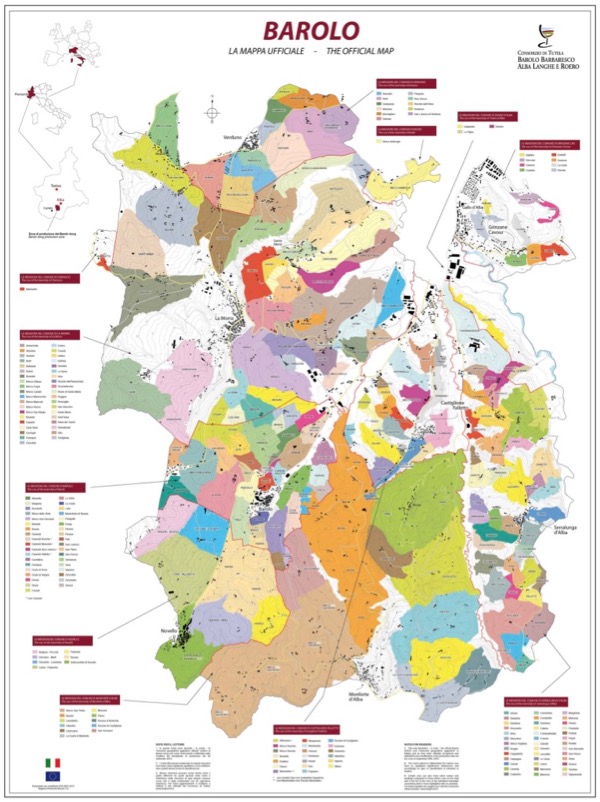
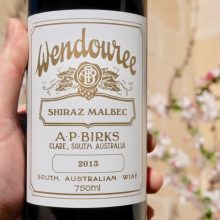
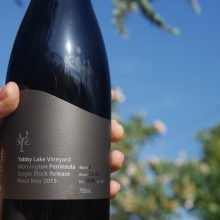
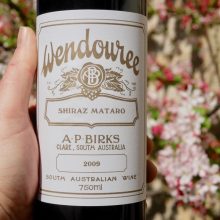
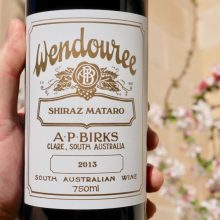
You must be logged in to post a comment.